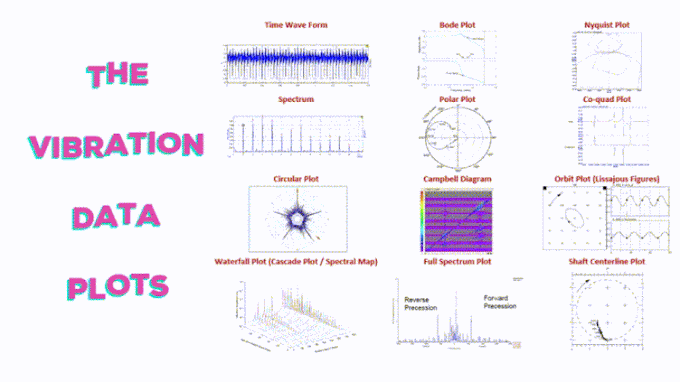An induction motor is an AC electric motor in which the electric current in the rotor needed to produce torque is obtained by electromagnetic induction from the magnetic field of the stator winding. The three-phase induction motor is the most widely used electric motor.
The basic principle of the three-phase induction motor is the production of rotor current by electromagnetic induction. The stator, or stationary part of the motor, consists of a set of three coils (called stator winding) which are connected to a three-phase power supply. The rotor, or rotating part of the motor, contains a set of windings (called rotor winding) or a cage of conductors that rotate inside the stator.
The stator winding is connected to a three-phase power supply, which creates a rotating magnetic field. As the rotor winding is located within this rotating magnetic field, an induced current is generated in the rotor winding. This induced current creates its own magnetic field which interacts with the magnetic field of the stator winding, creating a force that causes the rotor to turn.
In a squirrel cage induction motor, the rotor winding is replaced by a cage of conductors which creates an induced current in the same way as a wound rotor.
Induction motors are robust, reliable and have simple construction, which makes them suitable for most industrial applications. They are also inexpensive and have a high efficiency and high power factor making them an ideal choice in most industrial applications
It's important to note that induction motors are constant-speed devices, meaning that their speed is determined by the frequency of the power supply and the number of stator poles, and it can't be easily changed, although it's possible to use a frequency inverter to control the speed of an induction motor.
Troobleshooting of induction motor:
There are several tests that can be used for troubleshooting induction motors, including:
Open Circuit Test (OC Test) and Short Circuit Test (SC Test) - These tests are used to determine the winding resistance and the leakage reactance of the stator.
No-load Test (NL Test) - This test is used to determine the no-load current, no-load power factor, and the equivalent circuit parameters of the stator.
Blocked Rotor Test (BR Test) - This test is used to determine the rotor resistance and the rotor reactance of the motor.
Locked Rotor Test (LR Test) - This test is used to determine the rotor current, the rotor power factor, and the equivalent circuit parameters of the rotor under locked rotor conditions.
Slip Test - This test is used to determine the rotor resistance and the rotor reactance of the motor under running conditions.
Vibration Analysis - This test is used to identify any mechanical issues with the motor such as misalignment, unbalance, or bearing wear.
Infrared Thermography - This test is used to identify any overheating issues with the motor caused by issues such as poor ventilation, overloading, or insulation failure.
Motor Current Signature Analysis (MCSA) - This test is used to identify issues such as rotor bar or end ring faults, stator winding faults, and bearing faults by analyzing the current signature of the motor.
It's important to note that not all of these tests may be necessary or appropriate for troubleshooting a specific motor, and that these tests should be performed by a qualified electrician or motor specialist.









